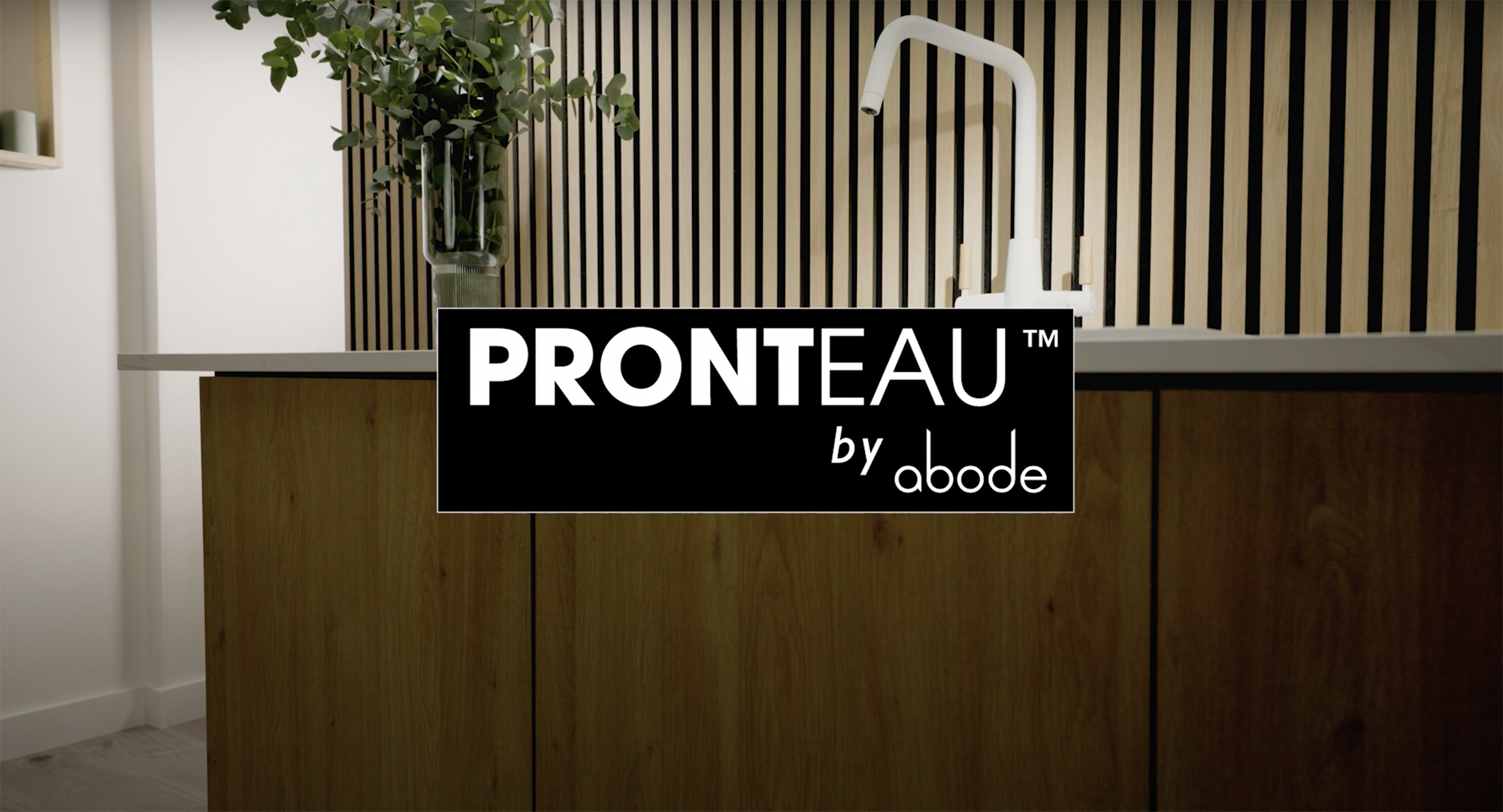Ed Bradley is co-founder and director of VirtualStock, a supply chain technology platform to help businesses adapt to digitalisation. He says physical stores should be mirroring online experiences to make the customer experience easy, convenient and exciting

The last five years in retail has been characterised by a real push by traditional retailers to get the online retail experience to mirror the physical experience to create a seamless, multi-channel offering for customers.
However, there has been less of a focus on getting the physical store experience to mirror the online shopping experience.
Sponsored Video
Click and collect is perhaps the clearest manifestation of the two worlds connecting, where customers purchase items online and collect in-store.
However, presently a consumer can go into a physical store and have a completely anonymised and unconnected experience, in complete contrast to if they shopped online.
Logging on in-store
We are now seeing retailers creating bespoke customer profiles, so that when they enter the store they are logged on in the same way they would be when they shop online.
This enables retailers to capture all the purchase history and data as they would do when customers shop online.
Once retailers possess that date, they are able to tailor the physical shopping experience to consumers with suggestions, promotions and offers.
Augmented Reality is one way in which retailers can ensure customers are “logged on” in-store.
Smart phones are also a suitable construct for this and can provide a Google map type view of the shop floor.
Through smartphones, facial recognition is also becoming a popular way of achieving this, enabling customers to be identified as they walk into each store without them needing to log on to an account.
Amazon is looking to launch its first ‘Go’ store in the UK, which will see customers swipe their Amazon Go smartphone app on to a sensor to enter and leave without having to go to a checkout or pay at a register.
Experiential retail
All this goes hand-in-hand with other recent trends in physical retail, such as experiential retail. [Read senior design manager for brands at experiences at Grohe Carina Buhlert’s view on how retailers must create showrooms which appeal to emotions].
Shopping malls are investing heavily in experiential retail. Westfield recently launched a vision for the future of retail under the concept ‘Destination 2028’.
The focus of this centred around the stores of the future and the necessity for retailers to remove any friction that customer feel.
For instance, some shoppers now suffer at the face of longer queues at tills because of increased footfall from click and collection customers.
Technology will make it easier to alleviate these pressures by facilitating phone check outs and mobile cashiers.
Technology shaping environment
Technology is also shaping the physical environment outside the store, even down to the car park.
Retailers are rightly obsessed with revenue per square foot, yet the car park generates limited tangible value.
Retailers are starting to change car parks in order to make it easier for people to get picked up and dropped off through Uber and other ride hailing apps, as well as making car parks more efficient click and collect centres.
Customers now prioritise convenience, speed and product choice.
So for physical retailers to keep pace with ever-changing consumer demands and the ease of online shopping, technology must be at the forefront of the physical store environment in order to make the customer experience easy, convenient and exciting.



